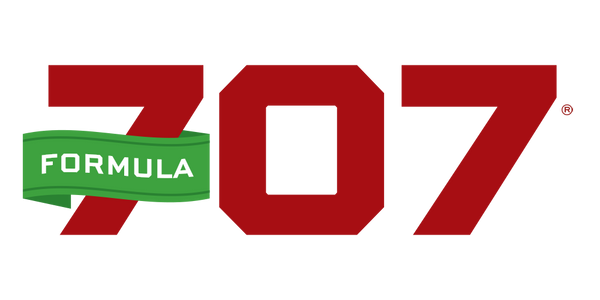Common Signs of Hock Pain
Poor performance can be one of the first signs that your horse is experiencing pain or soreness in the hock joints. It may also be behaving strangely when it’s under the saddle and may not be working as hard as usual. Other general signs include sudden laziness, refusal to be tacked up, refusal to perform moves such as a flying lead change, and trouble engaging in the hind end. The horse may also suddenly display general cranky behavior when it is normally quite calm and content. You might even notice your horse riding more heavily on the forehand. This is a sign that it is trying to shift its center of gravity to avoid placing too much weight on its hind legs. When some horses experience pain, they interpret it as being attacked. So naturally, they resort to the instinct of fleeing from it. That’s why your horse might even buck despite being initially mild-mannered or refuse fences when it’s experiencing pain in the hock joints. These are the more disruptive signs of a horse that might be in need of hock injections. A horse that is experiencing inflammation in the hock joints could display signs of marked lameness. It may refuse to perform certain moves, like mentioned earlier. It may also experience soreness in the lower back due to this issue. Here are some more visible signs that your horse might be in need of hock injections:
A horse that is experiencing inflammation in the hock joints could display signs of marked lameness. It may refuse to perform certain moves, like mentioned earlier. It may also experience soreness in the lower back due to this issue. Here are some more visible signs that your horse might be in need of hock injections:
- Issues with Jumping – One of the most common signs of hock pain can be seen in the horse’s ability to jump. In order to jump, horses need to shift their weight backwards. Their hind legs also get a significant amount of extra weight. So any kind of soreness or pain would compel the horse to try to avoid discomfort. This means it may avoid fully using its muscles in propelling itself upward when jumping.
- Issues with Landing – You may also notice that your horse is facing a challenge with landing after jumping. Horses normally tuck their hind legs under their bodies when they land after a jump. This provides a kind of spring that pushes the horse forward so it can take the next stride effortlessly. Hock pain or strain can result in a marked difference in this movement.
- Changes in Gait – There may also be some changes in your horse’s gait if it’s experiencing pain or strain in the hock joints. Pain can alter the movement of your horse. If there’s pain in the hock joints or the lower back, the horse might start taking shortened strides using its hind legs. It will transfer the weight onto its forelegs, resulting in a hunched posture.
- Changes in Standing – If your horse is experiencing issues with it’s hock joints, even the way it stands may change. It will try to minimize stress on the leg that’s sore or in pain by shifting its weight. So look closely for signs such as these.
How Hock Injections Work
Injections administered to the hock joints often consist of Hyaluronic Acid (HA) and a steroid. HA is a naturally-occurring component in the synovial fluid, which is present inside the joint capsule. It can effectively help maintain the fluid viscosity to ensure that the joint functions smoothly. This injection has an anti-inflammatory effect and reduces the pain due to inflammation in the process. The two components of the injection can also have an impact on slowing down or stopping the cyclical process of issues such as arthritis. So hock injections can even have a long-term benefit on your horse’s joints.How to Prevent Hock Problems
Although pain, inflammation, and strain in the hock joints may be unavoidable in many cases, horse owners can make an effort to try to prevent it as best as possible. This starts with the basics such as proper nutrition and hydration. And many horse owners also provide their horses with joint health supplements. Horse joint health supplements are often designed to ensure complete support of the ligaments, joints, tendons, and cartilage of your horse’s limbs. Some supplements may also contain an ingredient known as Green-Lipped Mussel, which can decrease pain and reduce inflammation. So even if your horse is also experiencing joint inflammation or joint pain, these supplements could significantly improve its condition. In addition to these, make sure the joint health supplement you choose contains the following ingredients:- Glucosamine – Glucosamine is a vital component of the joint cartilage. Methylsulfonylmethane (MSM) – Commonly known as sulfur, this facilitates collagen production and has anti-inflammatory effects.
- Chondroitin Sulfate – Although this sugar molecule is already naturally present in the cartilage, bones, ligaments, and tendons of horses, it can also be administered in supplement form to horses that have joint issues.

